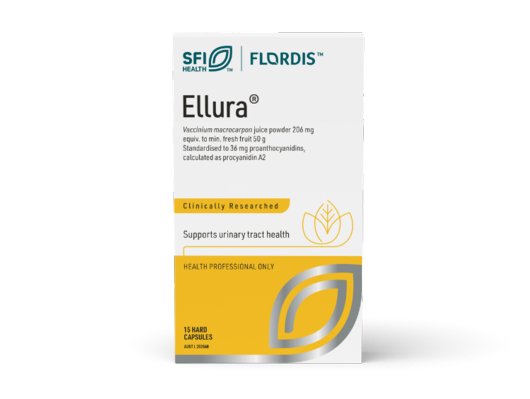Vaccinium macrocarpon in history
Vaccinium macrocarpon, commonly known as American cranberry is native to North America and grown across tens of thousands of acres throughout the United States and Canada.6
Cranberry is most known for its role in promoting urinary tract and bladder health.6
Cranberries are sometimes referred to as a “super food” because of their nutritional content, particularly because they naturally contain antioxidants. PACs are one of the antioxidant compounds found in cranberries that assists flushing the urinary tract when taken at the correct standardised dose. In order for PACs to have this therapeutic effect it is recommended to consume 36 mg of PACs. 2,7




